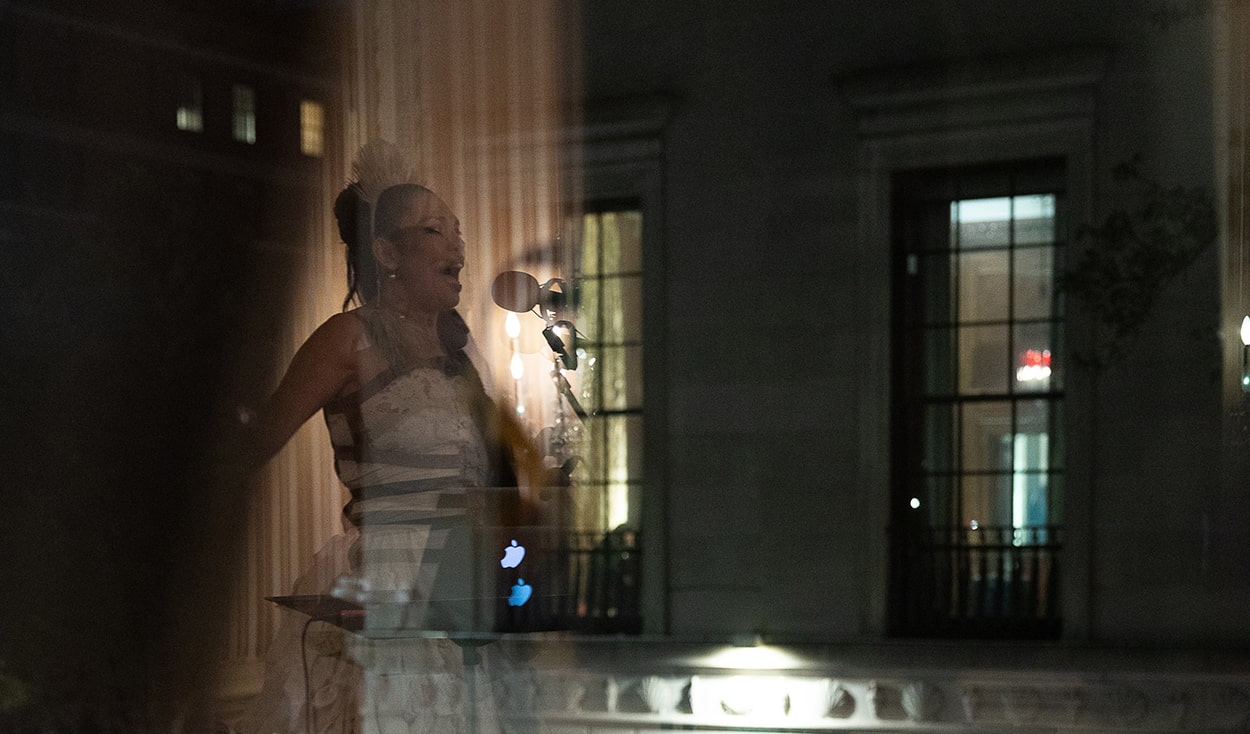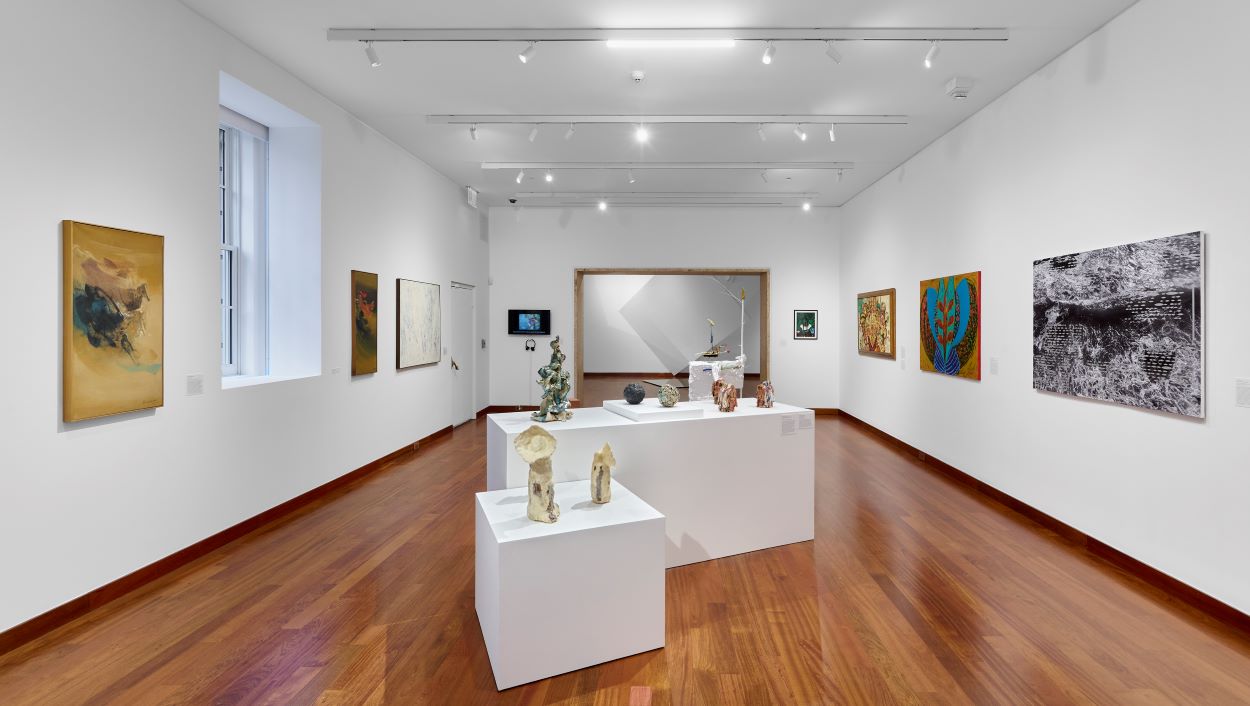American Cosmology Classical Concert Presents Works on the Sky and the Cosmos
American Cosmology Classical Concert Presents Works on the Sky and the Cosmos
The February 6 concert featured performances of classical music influenced by the cosmos, composed by David Dzubay and Gabriela Ortiz.
On Monday, February 6 the MetLife Foundation Music of the Americas Concert Series opened its 2012 season with an evening of contemporary music produced in conjunction with Indiana University’s Latin American Music Center. Founded in 1961 by distinguished composer and musicologist Juan Orrego-Salas, the Latin American Music Center is the oldest center of its kind in the United States. The Center fosters academic study, performance, and research of Latin American art, popular, and traditional music. Celebrating its jubilee year in 2011, the Center continues to expand its library and to promote exchanges between music scholars and performers from Latin America, the United States, and the rest of the world. In addition, the LAMC performs, records, and commissions exemplary new works by Latin American composers.
Entitled “American Cosmology: A Concert of American Works on the Sky and the Cosmos,” the concert featured pieces inspired by the cosmos written by David Dzubay, chair of the Indiana University Jacobs School of Music Composition department, and Gabriela Ortiz, a renowned Mexican composer whose music has been performed by leading classical musicians. Both composers came to discuss their pieces with the audience. The ensemble consisted of musicians from the Jacobs School of Music, including violinists Madalyn Parnas and Timothy Kantor, violist Rose Wollman, cellist Cicely Parnas, and soprano Sharon Harms.
The first piece on the program was Dzubay’s Astral, string quartet no. 1, composed for the Orion String Quartet in 2008. The ensemble’s name became the inspiration for the piece. In composing Astral, Dzubay decided to present the stars in various ways. “Like our galaxy, the quartet has a spiral structure, both in the shape of an eight-pitch ‘spiral motive’ and in the duration of the movements,” Dzubay explained. In addition, each of the work’s five movements looks at space from a different perspective: Voyage, Starry Night, S.E.T.I., Wintu, Dream Song, and Supernova.
Gabriela Ortiz’s Baalkah, which means “cosmos” in Mayan, was inspired by the ancient culture’s cosmology and the way in which heaven and the four cardinal directions influence the natural world. The Maya believed that in each cardinal point stood a large tree that supported the sky and each direction held its own characteristics: Sac (North, white, death, wartime); Ek (West, black, endings, femininity ); Chac (East, red, beginnings, masculinity); and Kan (South, yellow, life, fertility).
During the performance, the performers’ seating arrangement mimicked that of the mythical giant trees with the four string players with two performers on each side, surrounding the soprano. Ortiz set the first four songs of this piece to texts from the Chilam Balam, a Mayan text on religious beliefs compiled in the seventeenth century. Each movement represented the mood of its corresponding direction. For example, movements one and three were more plaintive, with Chac and Ek representing femininity and masculinity, while movements two and four were harsh and dramatic, representing the violent characteristics of these cardinal points. The final movement of the piece featured no text, but rather a melismatic vocalise when the soprano, representing Ak, or mankind, performed an expressive flourish. The piece ended with each of the four string players moving to the four corners of the room, acting as one of the four mythical trees, bowing high-pitched metallic instruments called crotales.
Baalkah by Gabriela Ortiz
Final movement entitled 'Ak'
[[nid:47833]]
Musicians:
Madalyn Parnas and Timothy Kantor, violins
Rose Wollman, viola
Cicely Parnas, cello
Sharon Harms, soprano







